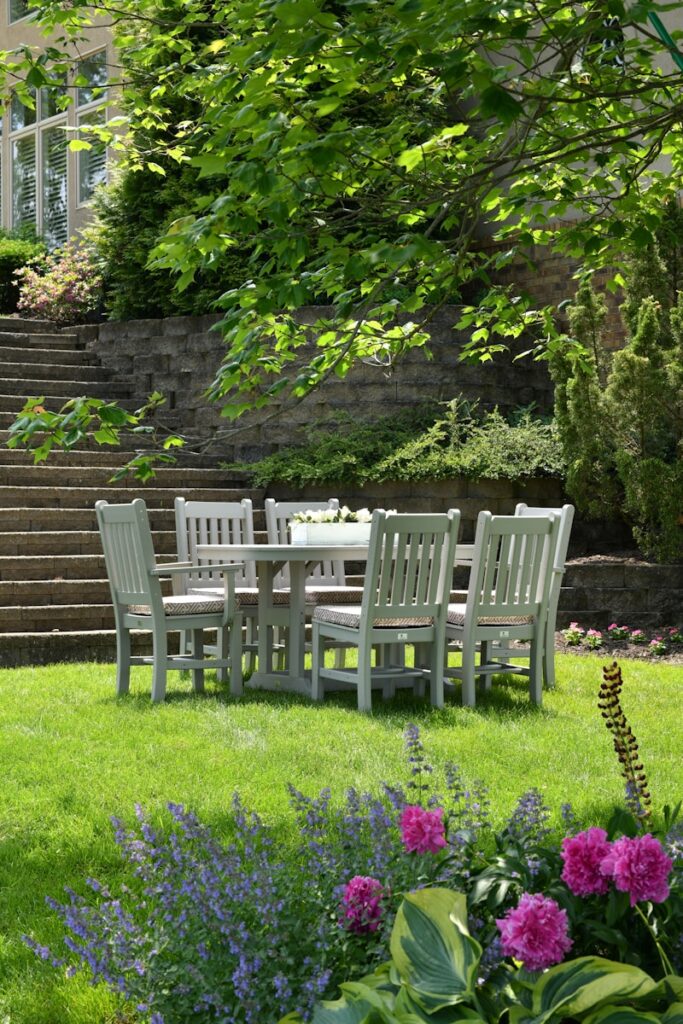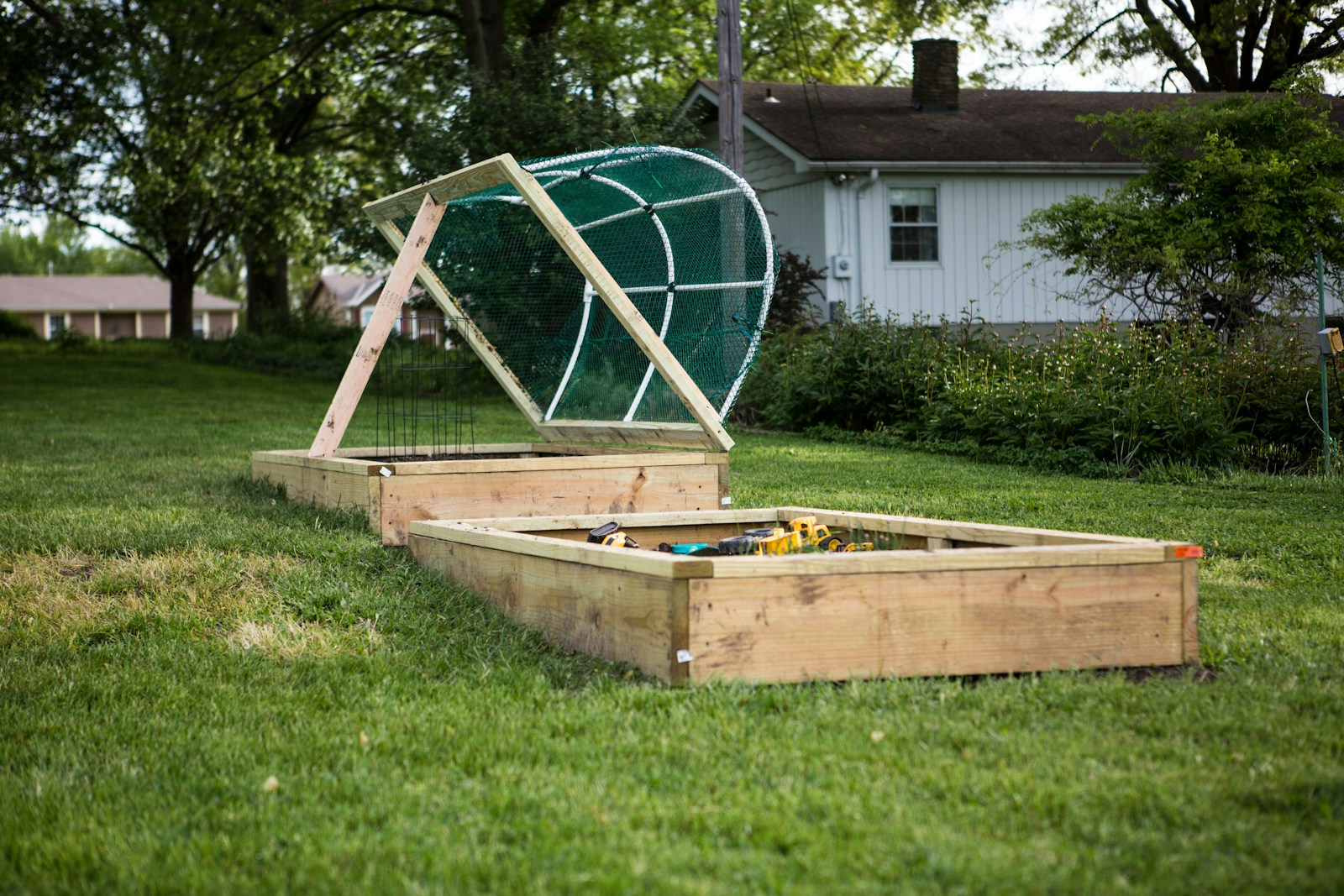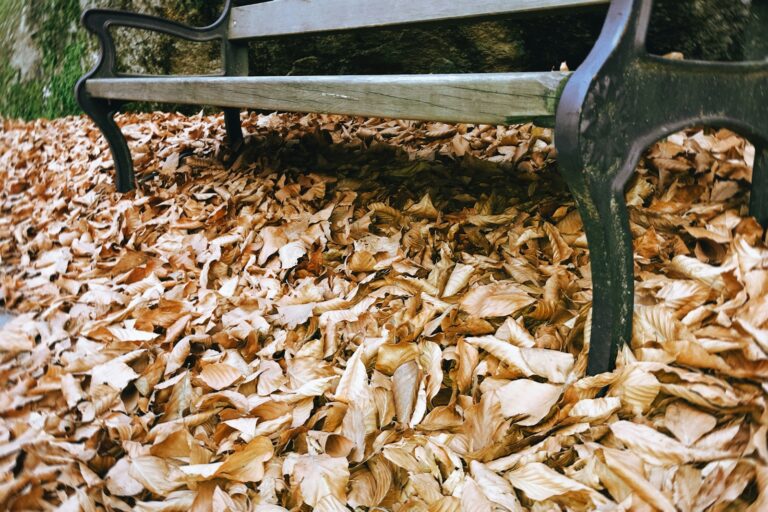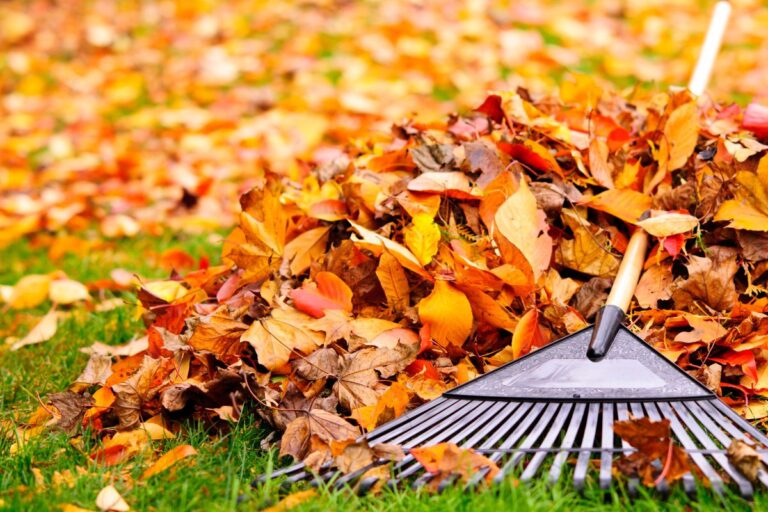How to Prepare Your Garden Beds for Winter (Without Overdoing It)
When fall arrives, it’s easy to feel overwhelmed by all the garden chores piling up. If you’re hoping to keep your spring garden healthy without spending your weekends knee-deep in dirt, you’re not alone.
A little bit of prep now can make a big difference later. You don’t have to do it all, just focus on the basics.
Remove spent plants and clear debris to prevent pests and diseases over winter

Start by pulling out any dead or spent plants from your beds. These can hide pests and diseases that might come back stronger in spring.
Clear away fallen leaves, stems, and other debris to help improve airflow. Better circulation keeps your soil and plants healthier through the colder months.
If you spot diseased plant parts, throw them away instead of composting. This helps prevent illness from spreading to your soil or new plants.
Don’t forget to dig out old roots and stumps. Leftover roots can harbor harmful microbes that cause plant diseases.
Taking a little time to clean your garden beds now can make a big difference later. You’ll have fewer pests to deal with when the weather warms up.
Add a layer of organic mulch, like shredded leaves or straw, to protect soil and retain moisture

A layer of organic mulch is one of the easiest ways to help your garden beds through winter. Shredded leaves or straw work well to cover the soil and help keep moisture in the ground.
Mulch acts like a blanket for your soil, protecting it from quick temperature changes that can stress plant roots. Shredded leaves are a great choice because they break down slowly and add nutrients to your soil over time.
Spread about 2 to 3 inches of mulch evenly across your beds. Too little won’t protect as well, and too much can keep air from reaching the soil.
If your mulch layer thins out during winter, you can add more as needed. Mulch also keeps weeds down by blocking sunlight from reaching weed seeds.
Plant cover crops such as clover or rye to improve soil health and prevent erosion.

If you are looking for a simple way to keep your garden in good shape through the colder months, cover crops like clover or rye can make a big difference. These plants grow quickly and protect your soil from being washed away by rain or blown away by wind.
Clover is a legume that pulls nitrogen from the air and stores it in the soil. This gives your garden a natural nutrient boost for the next season.
Rye has strong roots that hold the soil together. It also breaks up hard ground, making it easier for water and roots to move through.
Cover crops increase organic matter and feed helpful microbes underground. This creates richer soil that is ready for your spring plants.
With cover crops in your garden beds, you will find less work waiting for you when the weather warms up. Your soil stays healthy without much extra effort.







